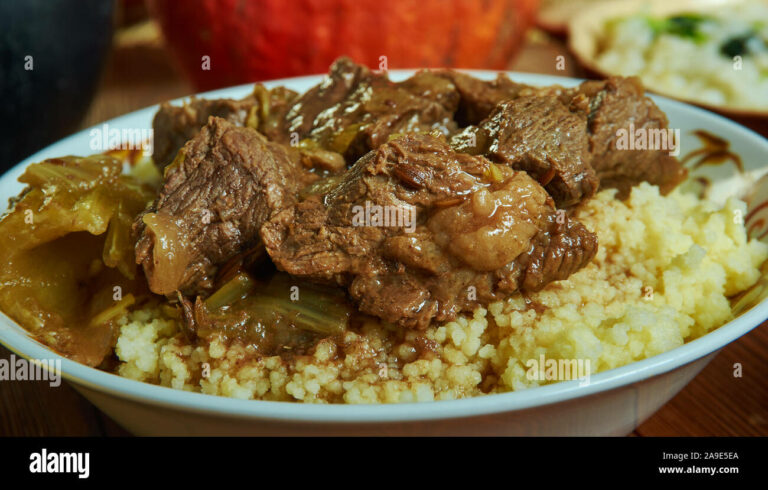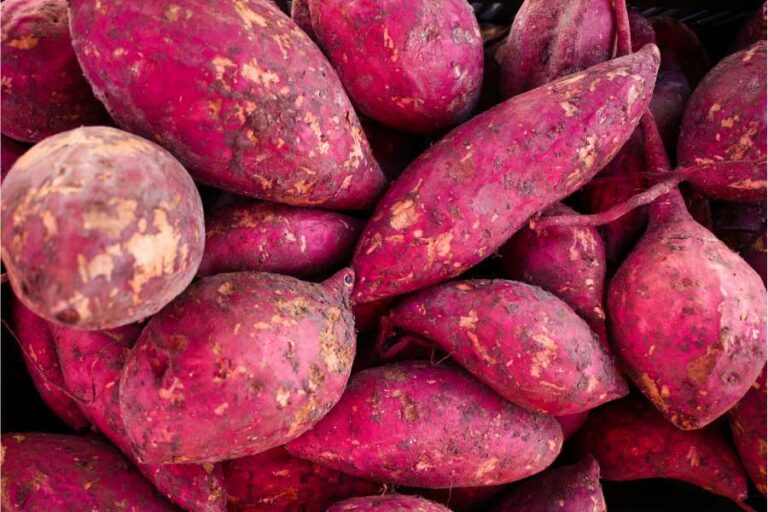Introduction: Brazilian Salads
Brazilian cuisine is known for its bold and flavorful dishes, but often overlooked are the colorful and healthy salads that make up a staple of their cuisine. Brazilian salads incorporate a variety of fresh ingredients, from leafy greens to tropical fruits, that are a reflection of the country’s diverse agricultural landscape. In this article, we will explore the typical ingredients found in Brazilian salads and how they are used to create delicious and nutritious dishes.
The Importance of Salads in Brazilian Cuisine
Salads play an essential role in Brazilian cuisine, not only for their nutritional value but also for their versatility. In Brazil, salads are often served as a side dish to complement the main course, but they can also be a standalone meal. The vibrant colors and textures of the ingredients used in Brazilian salads make them not only visually appealing but also a great source of vitamins, minerals, and fiber. Moreover, salads are an excellent way to showcase the abundance of fresh produce available in Brazil.
The Most Common Greens Used in Brazilian Salads
Brazilian salads usually include a variety of greens, such as lettuce, arugula, and watercress. One of the most popular greens used in Brazilian salads is kale, which is known locally as “couve.” This dark leafy green is rich in vitamins A, C, and K as well as iron and calcium. Another popular green used in Brazilian salads is spinach, which is often mixed with arugula to add a peppery flavor.
Protein Sources in Brazilian Salad Recipes
Brazilian salads are often served with a protein source, such as grilled chicken, beef, or fish. But vegetarians and vegans need not worry, as legumes such as black beans, chickpeas, and lentils are also commonly used in Brazilian salads. These protein sources not only provide sustenance but also add texture and flavor to the dish.
Unique Brazilian Ingredients Used in Salads
Brazilian salads are known for their unique ingredients, such as hearts of palm, a vegetable harvested from the inner core of certain palm trees. Another unique ingredient found in Brazilian salads is cassava, a starchy root vegetable that is often grated and mixed with other ingredients to create a crunchy texture. Other ingredients commonly used in Brazilian salads include avocado, mango, passion fruit, and coconut.
Typical Salad Dressings in Brazilian Cuisine
Salad dressings in Brazilian cuisine are often simple and light, made with olive oil, vinegar, and lemon juice. However, some salads may be dressed with a creamy mayonnaise-based dressing or a spicy vinaigrette made with hot peppers or mustard.
Popular Brazilian Salads and Their Ingredients
One of the most popular Brazilian salads is “salpicão,” a chicken salad that includes shredded chicken, carrots, apples, raisins, and mayonnaise. Another popular salad is “feijoada,” which is a black bean stew that is often served with rice and a variety of accompaniments such as orange slices, collard greens, and farofa (a toasted cassava flour mixture).
Tips for Making Authentic Brazilian Salads at Home
To make an authentic Brazilian salad, start with a base of fresh greens and add a variety of colorful and flavorful ingredients such as fruits, vegetables, and legumes. Be sure to include a protein source and dress the salad with a light dressing that complements the flavors of the ingredients. To add a Brazilian twist, try incorporating unique ingredients such as hearts of palm or cassava. With these tips, you can create a delicious and nutritious Brazilian salad that is sure to impress.






